How the Sausage Gets Made: What Goes Into a Successful Elk Hunt (Plus an Elk Sausage Recipe)

(Words and Photos: Paxton Hall)
My ears were ringing. The herd of elk, maybe 30 strong, froze stock still. What happened? The cow didn’t drop, nor did any of the others around her. I hand reloaded a second round. I managed to forget the clip at Taylor’s house. Deep breath in . . . hold. Deep breath out . . . hold. I could hardly calm my nerves. My whole body was shaking, almost vibrating with a sort of primal energy, both nervous and thrilled at the same time. Deep breath in . . . hold. Deep breath out . . . hold . . . fire.
As a new hunter, my first elk hunt with my own tag taught me about so much more than just hunting. There’s a lot to learn about rifles and elk behavior, but if you’re curious the history of conservation and our deep connection to the natural world also beckon. Oh and of course there’s all the methods and recipes to prepare your meat. I learned a spicy, smoked bratwurst recipe from a friend that I’ve shared at the end of this post.

I didn’t grow up elk hunting, or hunting at all for that matter. Guns were more an object of fear, of anxiety having grown up in the era of Columbine and school lockdown drills. For most of my life Elmer Fudd and Grant Connor from the Simpsons were about the only representations of hunting that existed within my worldview. I'll never forget reading Stephen E. Ambrose’s book Undaunted Courage, the full story of Meriwether Lewis and of the Lewis and Clark Expedition. The stories of the hunting parties who would venture out for days on end to feed the expedition and record the biological diversity of North America - these were my first inklings that hunting might be something worth exploring.

I got lucky with my first elk tag. I applied for a non-resident, late season cow elk tag in a hunting unit in Utah’s Uinta Mountains. It’s one of the cheapest out of state tags in the country. The hunt isn’t an easy one. In the winter, snow drives the elk down from Uinta's high country to lower elevations. Snow and hunter pressure inevitably push the elk down into the southern lower elevations of the hunting unit which border a portion of the Ute and Ouray reservation. The tag does not allow hunting on the reservation lands so the elk naturally end up moving there and hanging out. But with persistence, a little understanding of elk and a lot of luck - success is totally within reach.
At first, the mountainside appeared like any other in this part of Utah. The shades of brown underbrush, clumps of green trees, grey rocky outcroppings all jumbled together. But as our eyes relaxed, the herd came into view. At first, you see slight movements, heads craning up or looking around. Their movements lead you to their outlines. Then almost all at once, you realize the whole slope is covered in a herd of elk. That first day of my elk hunt we spent about twice as much time driving around searching as we did actually hiking and stalking elk.

I had it pretty good for my first hunt. Keep in mind, I was (and still am) a new hunter and one who was honestly more focused on saving up for a new pair of powder skis and an avalanche pack than a rifle. Not only did my hunting partner lend me his rifle for the hunt, he knew my unit intimately and helped me zero in on the areas we’d have the best shot at success. I also managed to convince a friend in Seattle to come to the nearest gun range with me and teach me how to shoot with his rifle (thanks Chris!).
A tip for new hunters/curious adventurers - make time and budget to get to know your firearm and become comfortable shooting it. It took me at least three trips to the gun range to calm down and not jump at every rifle shot. Another three trips before I started to figure out my breathing. Don’t force it though, shoot less more often at first to help get used to the recoil from a high powered rifle.
Another tip for the new hunter - good ear protection is worth spending an extra $20 on for the range. At first, I settled for the $7 ear plugs that never stayed in my ears. I didn’t upgrade until this year. Over ear headphones are worth it, trust me.
We ended up striking out on day one. After spotting the herd, we spent over two hours hiking from the other side of the ridge they were on in an attempt to sneak up on the herd. Fat chance. Elk are a prey species. They are well attuned to a life of being on watch for predators. This herd had us, probably from the minute we drove up and realized they were there. As we crested the upper part of the ridge we got a view on the slope that had been full of a herd of at least 100 elk earlier that morning. We had spooked just about the entire herd off that slope. The funny thing about stalking and hunting elk - watching them, they never seem to actually physically move that quickly. But, when you bump them (hunter speak meaning scare them away), they just friggin’ seem to disappear in the blink of an eye. And there’s not much you can do about it if you’re not within 500 yards of them.

Hunting forces you to interact with the land in a whole different way. In backpacking or climbing, we are moving towards a singular objective. Hike from the trailhead to your destination and back. Climb that peak. Ski that line. It can be easy to lose track of the environments you are moving through in pursuit of your particular objective. As a hunter, your objective is less directionally oriented, less anchored. You need to move through the landscape with an entirely different mindset, intimately examining the environment around you and your relationship to it. Where are the sources of water? Where is there good cover? Where’s the good food at? Are there other pressures impacting where the animals might be heading? All of these questions are in your mind as you're moving through the landscape you’re in and over time, I believe creates a deep bond with the natural world. The idea of connecting deeply with nature is one that appeals to us as human beings at a fundamental level. We tend to think of ourselves as separate from nature, but nothing could be further from the truth.
The next day, I spent the drive out from Park City to my elk unit in the Uintas contemplating these thoughts. It wasn’t long until we spotted a herd about 2.5 miles away from the road. We parked and began hiking. It was a balancing act of moving at a good pace, but while making the least amount of noise possible. At first, we actually began hiking away from the herd. We intended to hike in a semicircle, approaching them from the south, away from the road where they might expect pressure from hunters.

I was worried. We were out of sight of the herd for most of the approach as we made our way around them. Would they spook and disappear before we got eyes on them again? Eventually, we glimpsed a view of where we thought the herd would be. We didn’t spook them! They were still hanging out almost exactly where we left them. We crouched and slowly got closer, about 400 yards away. As we got within maybe 250 yards we came upon a dead tree that was split or had grown inexplicably into the shape of a Y. It was the ideal rifle rest oriented directly facing the herd. I crouched into a shooting position, butted the rifle snuggly up against the crook in my right shoulder and started to focus on my breathing. Then, I realized we had forgotten the clip somewhere. I would need to hand load directly into the rifle’s chamber. Another reason to do my best to make this happen in one shot.
I focused my attention on my breath. Deep inhale, brief hold, followed by a deep steady exhale with another brief hold. Rinse and repeat. The herd wasn’t going anywhere. I struggled to get my nerves in control. I was half freaking out and half thrilled. As I continued to work to calm down I looked among the herd for the cow I would take. Man that was a weird moment. But, in a way it wasn’t weird. I was assuming the role of the predator, the meat eater that I have always been. Just this time I was actually connected to the life I was taking, intimately connected, actively involved.
I settled on a good sized cow at the head of the herd. The second closest elk to us. I worked my breathing until the crosshairs of my scope were as steady as they were going to get. As I exhaled one more time, I paused and slowly gripped my finger around the trigger, she was leaning slightly towards me. Then my ears were ringing (again - cheap ear protection).
I completely missed the shot. I had to reload. What might as well have been an eternity later I got another shot off. Again - nothing, a miss. Was I really that bad of a shot? Was all that practice for nothing? I had to hurry now. Some of the herd were starting to spook and walk away . . . another shot. My ears were ringing again (get those over ear muffs, trust me). Five minutes later, she was down and it was done. A lone elk cow lay in the sagebrush field, the rest of the herd already well out of sight.

I walked up to her and for the first time realized how big elk are. I’d never been this close to a wild animal this size. I thought back to how gracefully they move through the sagebrush country. I made sure she was dead. I sat down next to her and without thinking started to pet her neck. Her neck was a deep brown color, her hair several shades darker there than it was across the rest of her body where it was almost the color of coffee after a generous pour of creamer.
The world fell utterly silent around me, as I sat there on the cold snow. The sky was a uniform shade of overcast grey above as far as the eye could see. There wasn’t another soul around, except for Taylor standing nearby allowing me to take the experience in and savor it. I felt grateful, lucky, at peace. I felt connected to this animal whose life I took, and to the land on which it all unfolded. It was all deeply satisfying.
Then the real work began. We spent the next few hours processing, packing as much meat as we could into our game bags and packs. Between the two of us we packed out about 150 pounds of meat across the mile and a half back to the road.
Another tip for new hunters on packing out your meat. I didn’t have a hunting specific pack. I just used a 60L backpacking backpack that I already had. It did the job just fine, but I didn’t want it to get soaked with blood. So I took a large contractor size trash bag and lined my pack with it. As we got ready for the hike out, I put the game bags full of elk meat into the trash bag. It worked perfectly and kept my pack nice and smell free for summer backpacking.

After we got back to my friend’s house we hung the meat for several days, aging it to tenderize it before further processing it. Processing your meat is a very personal and labor intensive act. There are dozens of different ways to go about it. Google is your friend here. I recommend giving Randy Newberg and the MeatEater crew a follow for more tips in this area. MeatEater also has two great books on the subject covering big and small game - The Complete Guide to Hunting, Butchering, and Cooking Wild Game.
I drove home to Seattle with about a dozen steaks in my cooler. The rest of the meat was destined for elk hamburgers, bratwurst, summer sausage and landjaeger (fancy slim jims). A few months after the hunt, we met up with friends in Oregon for a communal burger and sausage making party. From our collective hunting successes, we made enough burgers and brats to fill our freezers for the year and then some. One of my favorite things I’ve come to appreciate about hunting actually occurs long after the hunt itself. Sharing meat with my friends and family has been extremely rewarding and satisfying, almost as satisfying as cooking up elk burgers for my partner and I to enjoy!

Here’s that spicy, smoked bratwurst recipe:
- 5 lbs of trimmed elk meat
- 15 lbs pork shoulder
- 1.5 cups of brown sugar
- 1.5 oz of black pepper
- ¼ cup of cayenne pepper
- 6.5 oz hellers cure
- 2 quarts of water
- 1.5 cup of soya binder
- 2 heads of garlic
- Grind all elk meat and pork shoulder in your meat grinder.
- Combine brown sugar, black pepper, cayenne pepper, cure, binder and water in a bowl.
- Combine meat with spice mix and garlic heads in a larger mixer until evenly mixed.
- Fill brat mix into your sausage casings.
- Hang and smoke in a meat smoker for 3-5 hours until lightly browned.

If you’re a new hunter or thinking about getting into hunting, what aspects of hunting are you most intimidated by? What parts are you most excited about? Share in the comments!
-
Shop the gear from this post:




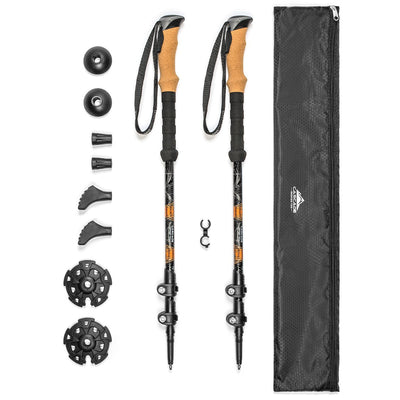
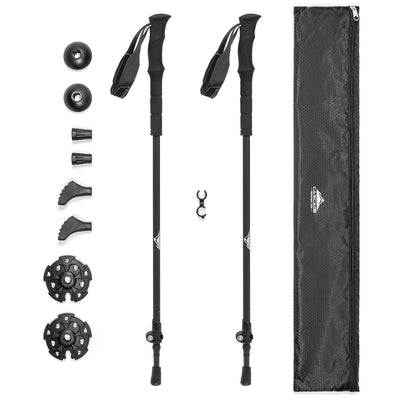
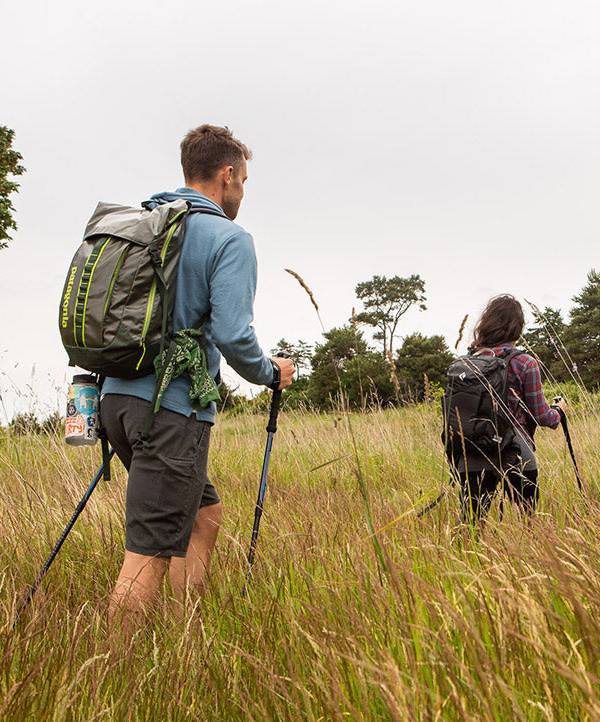
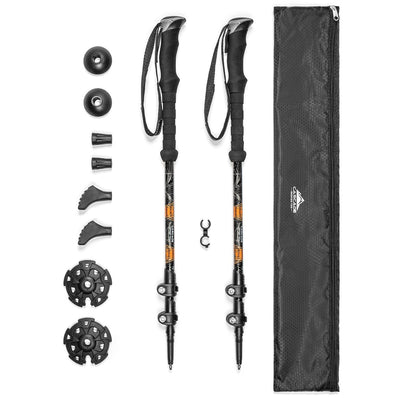
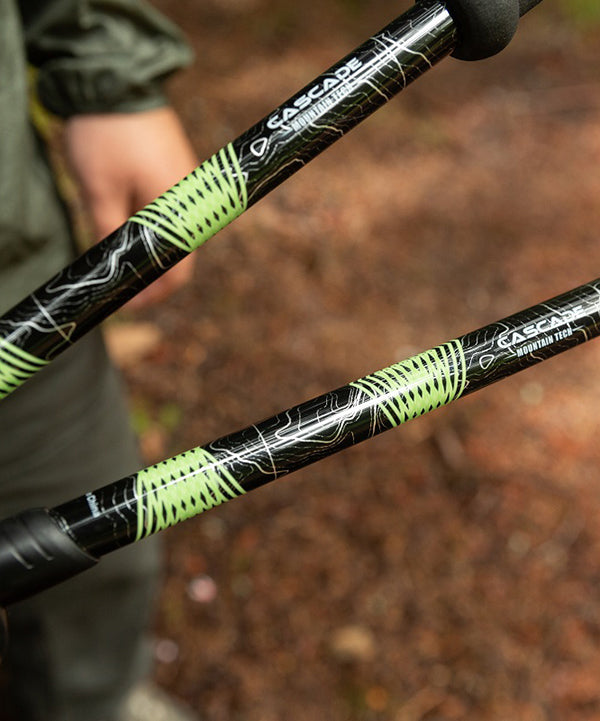
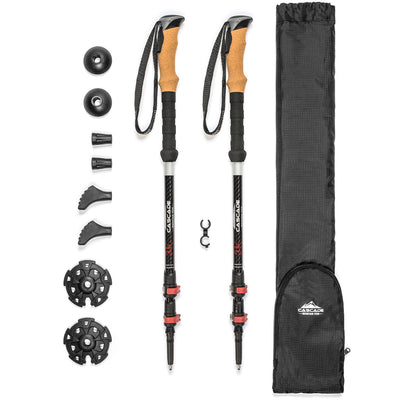
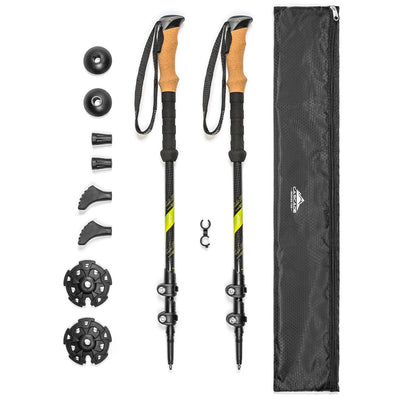
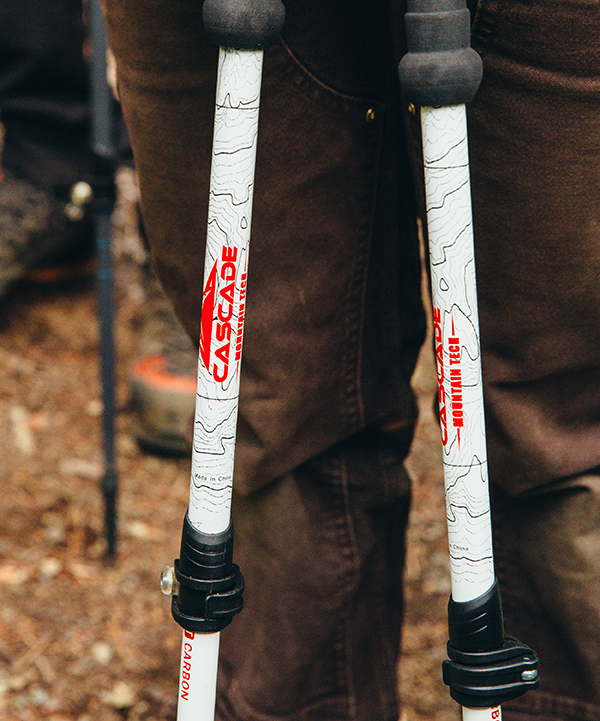
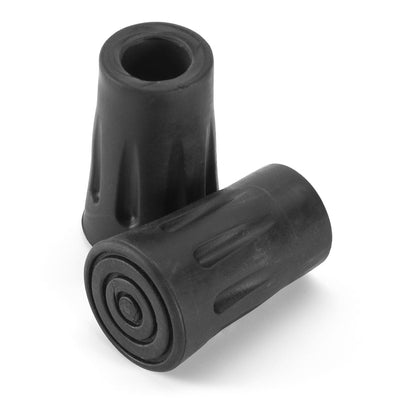
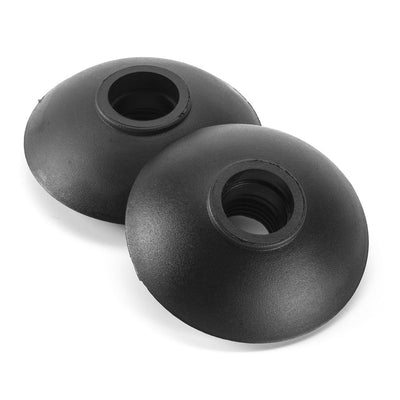
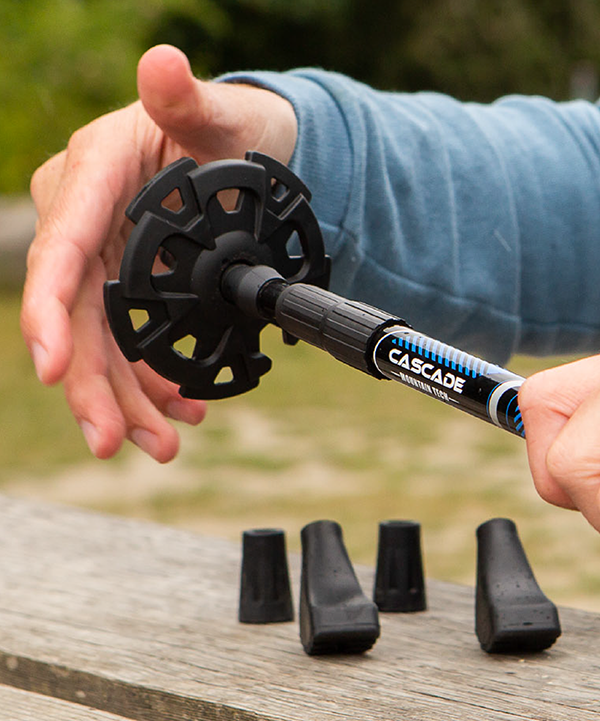
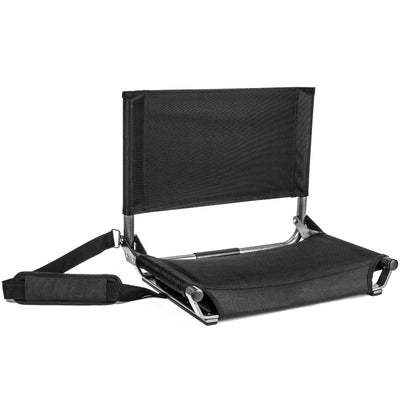
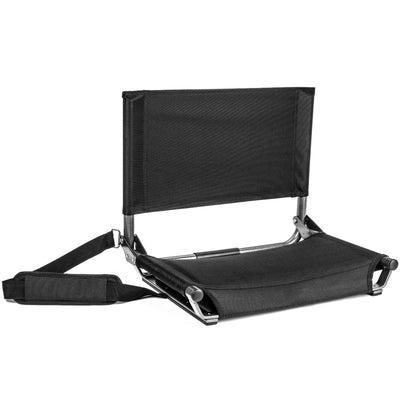
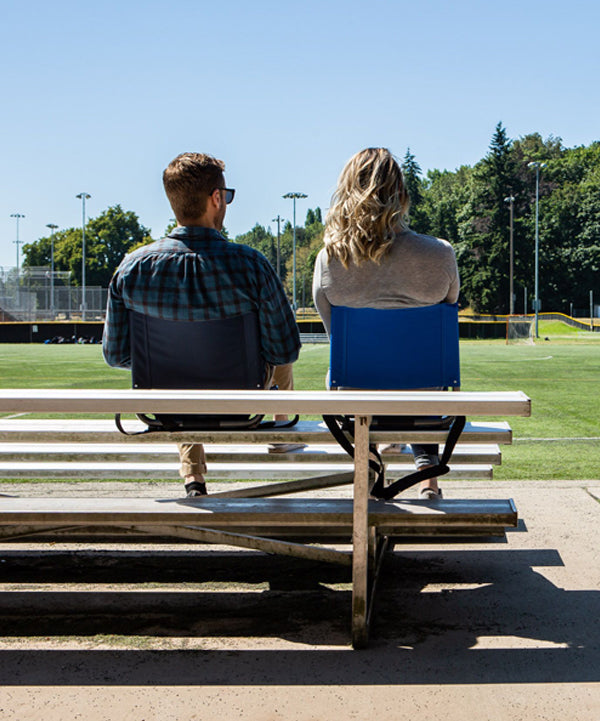
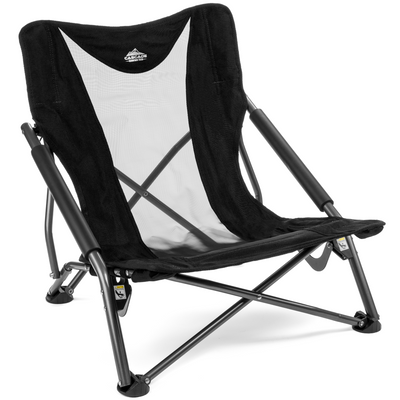
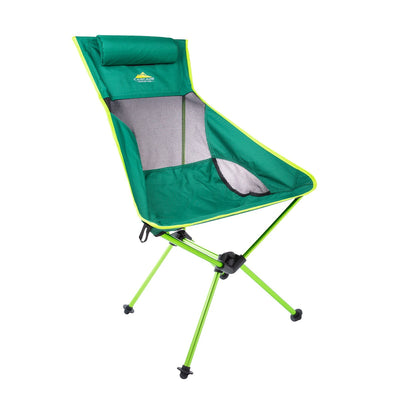
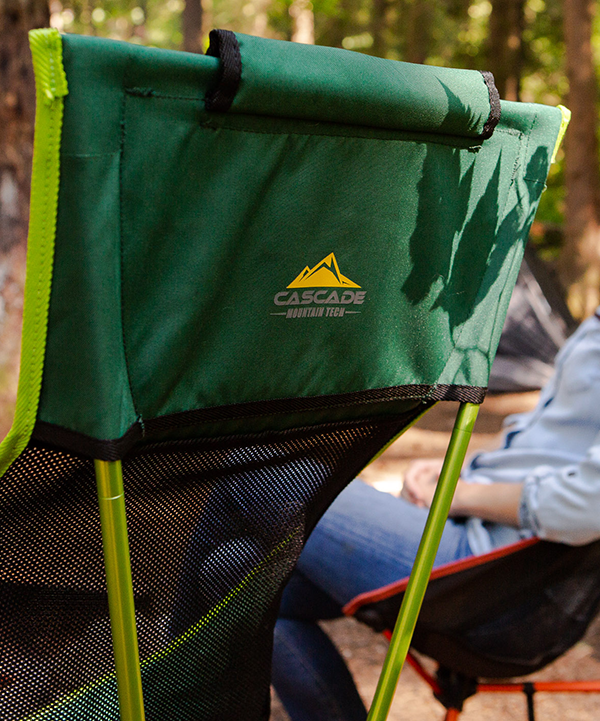
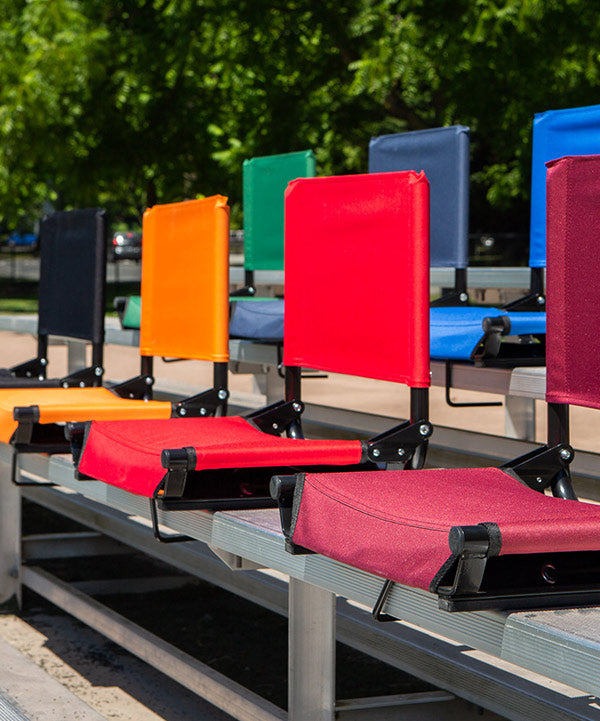
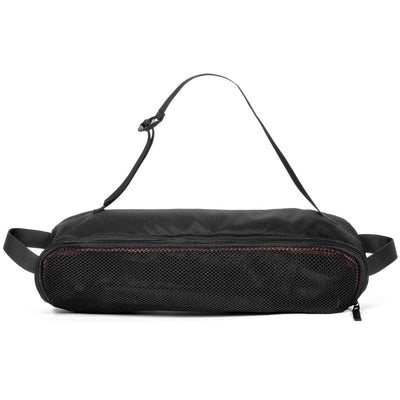
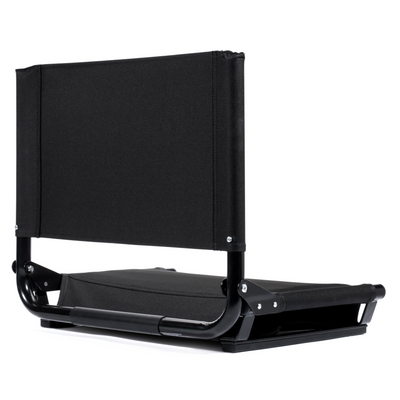
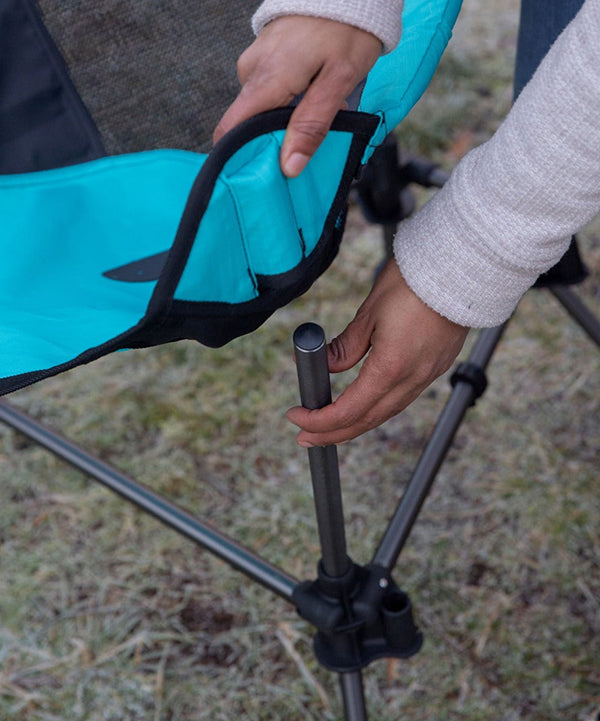
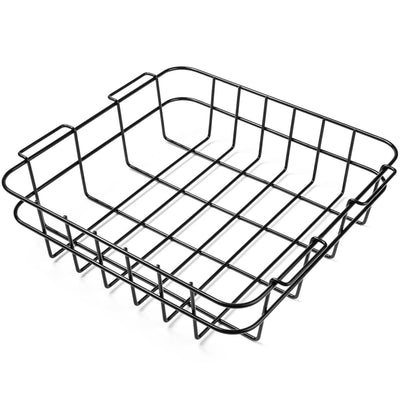
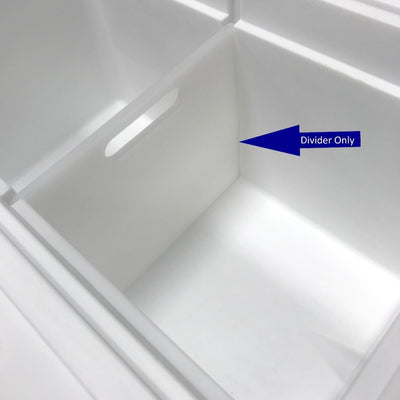
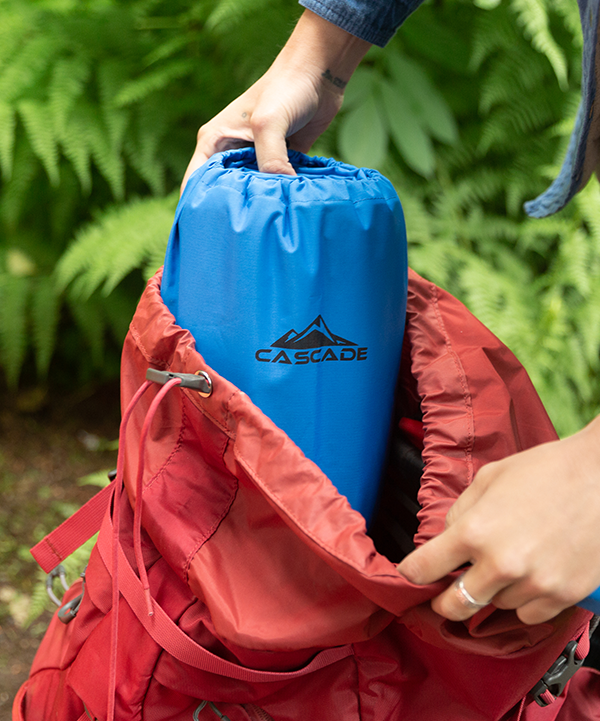
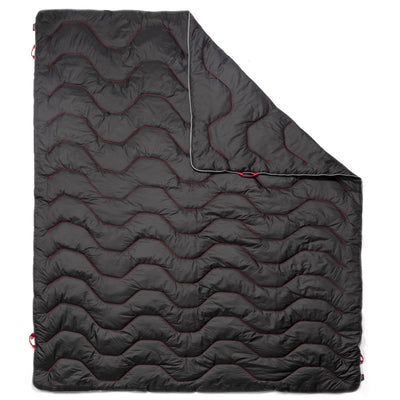
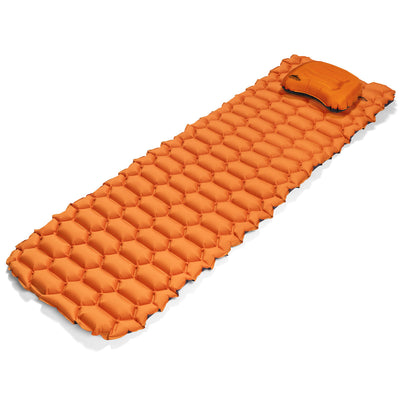
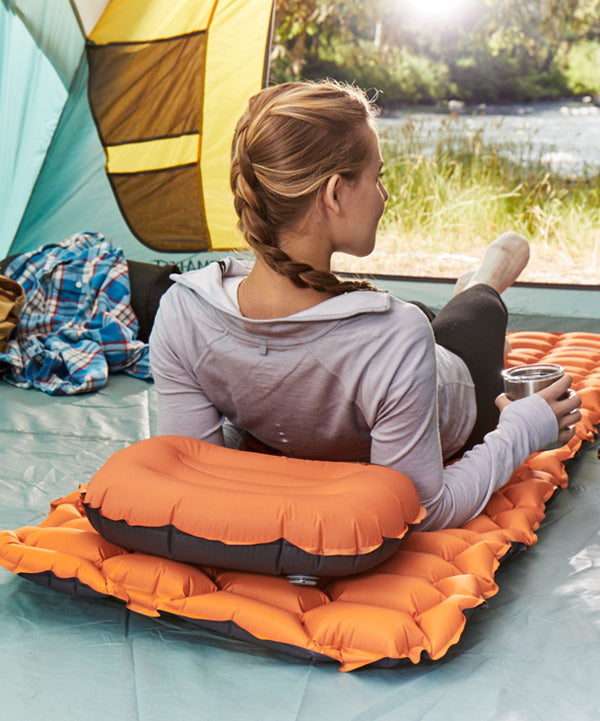
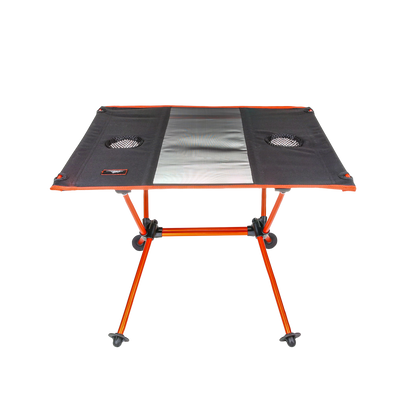
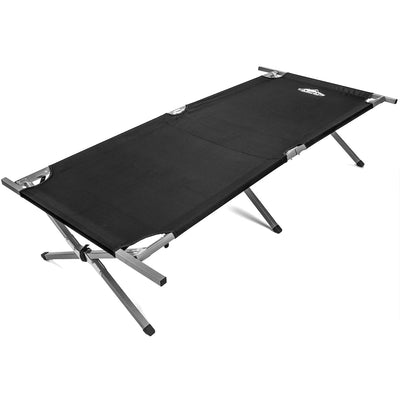
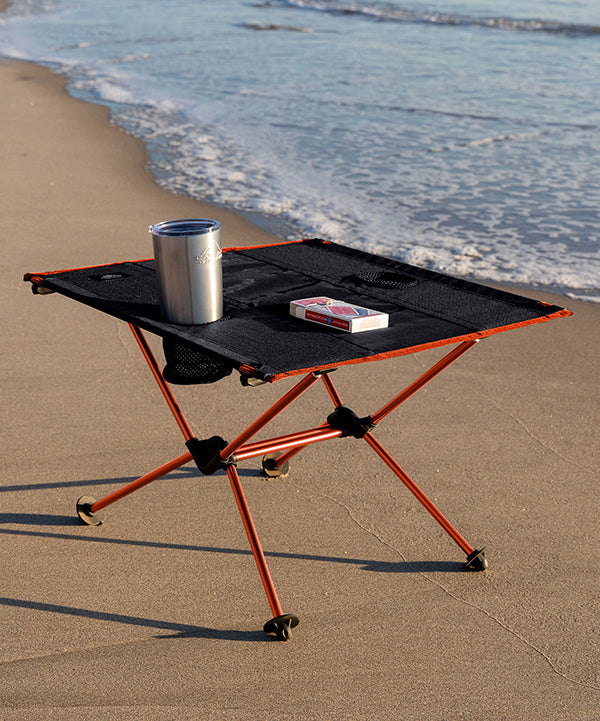
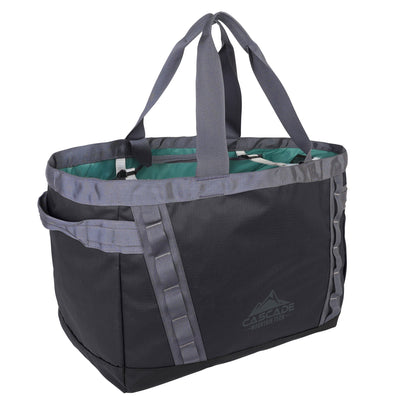
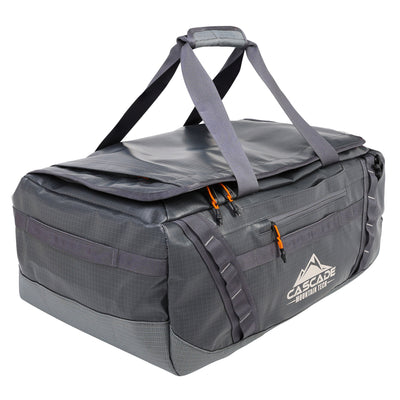
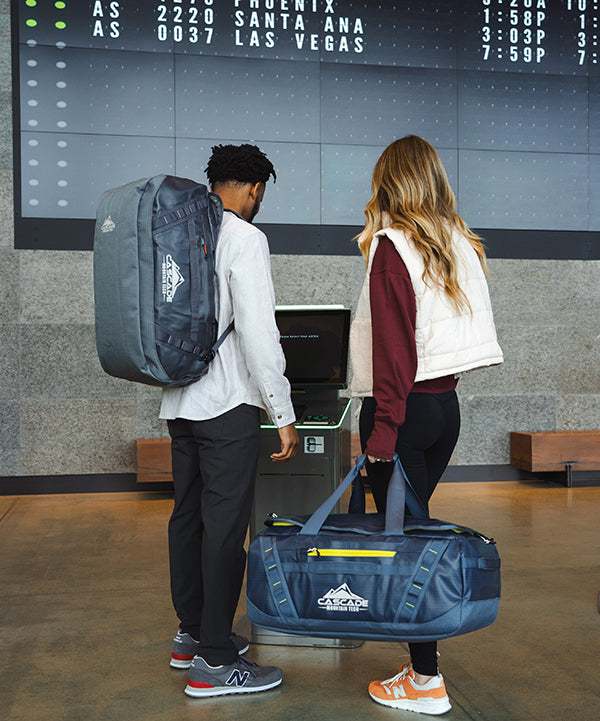
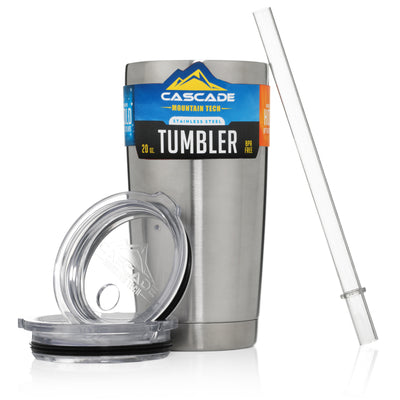
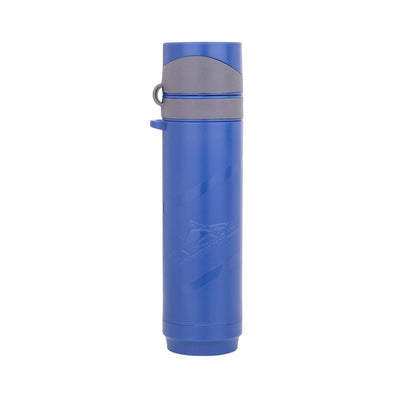
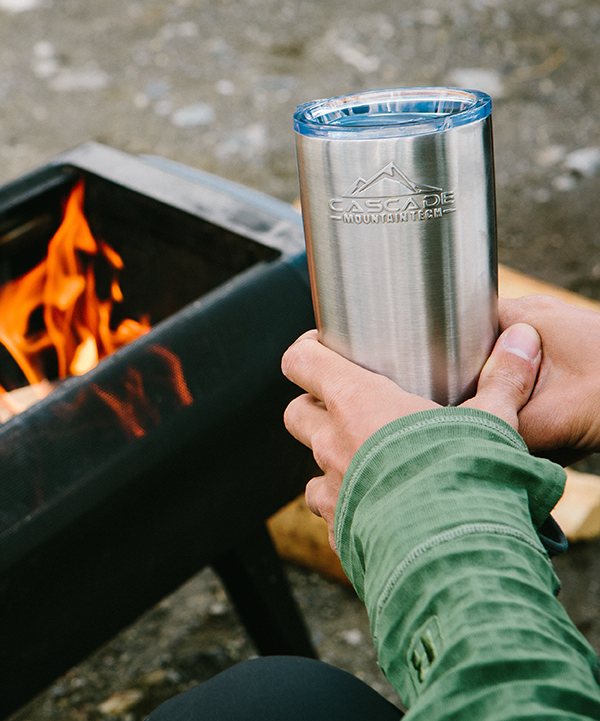
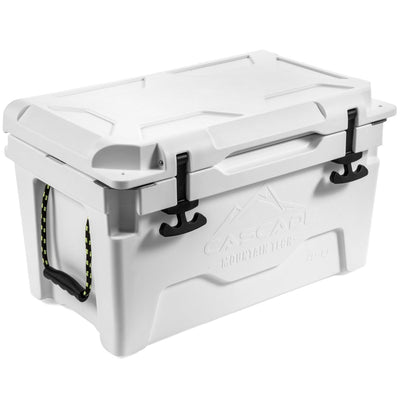
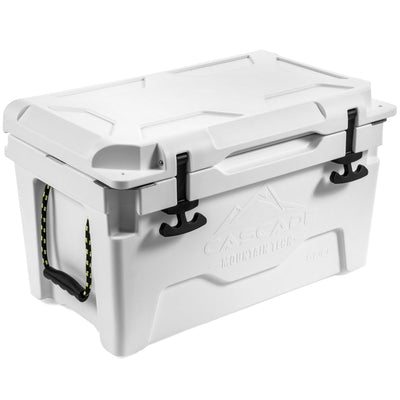
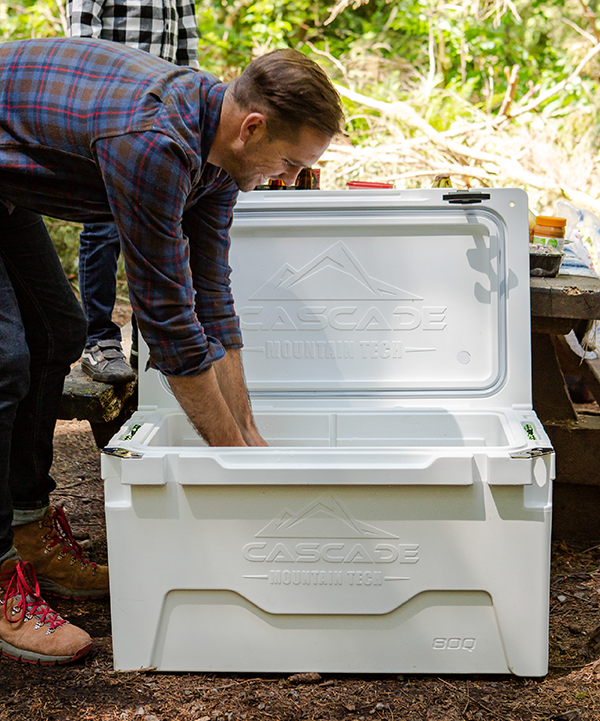
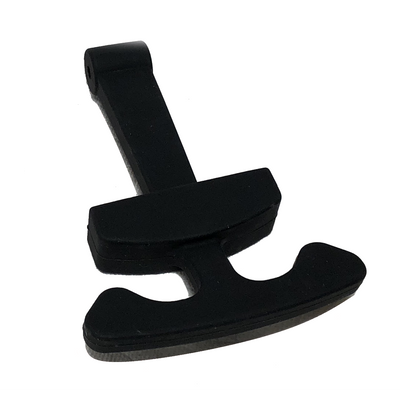
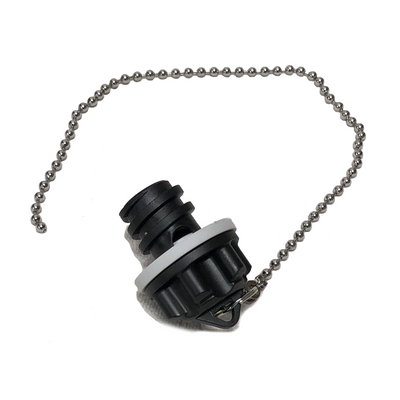
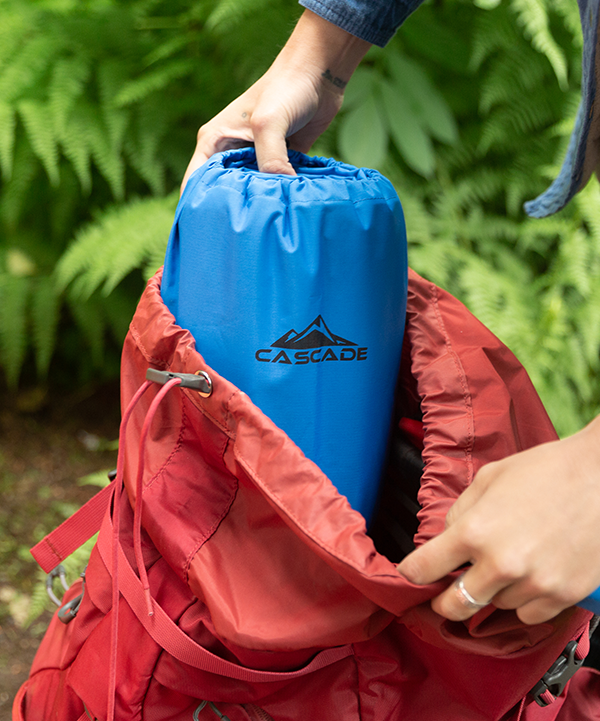
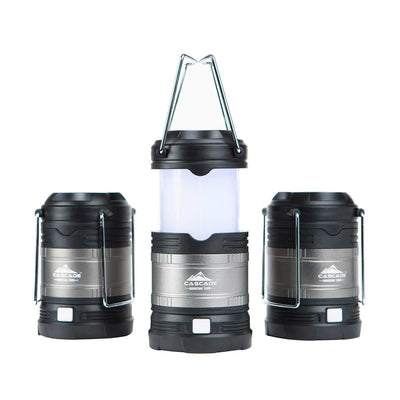
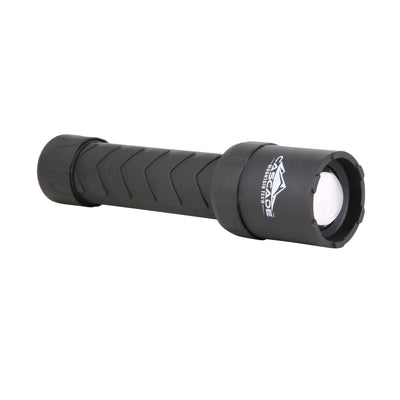
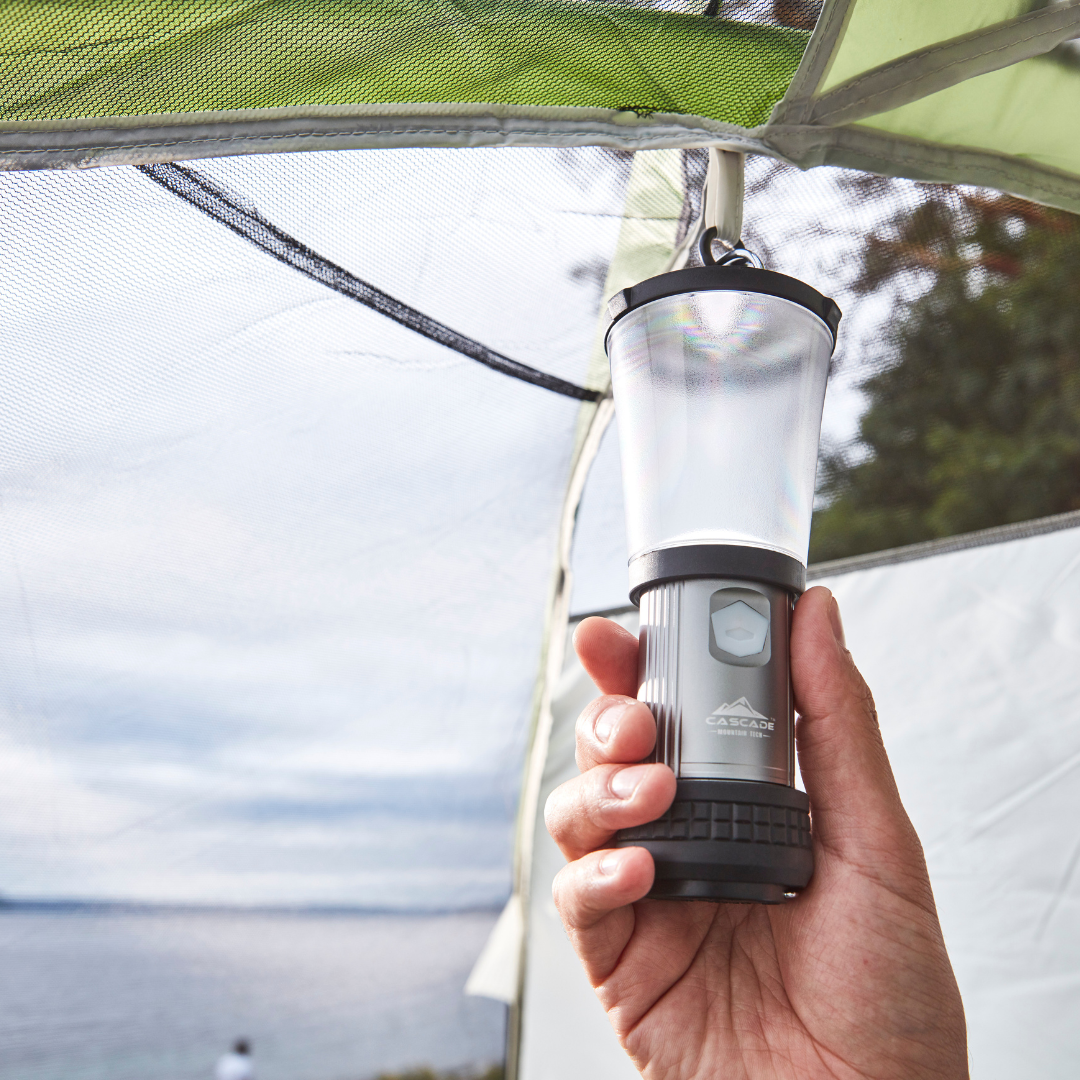
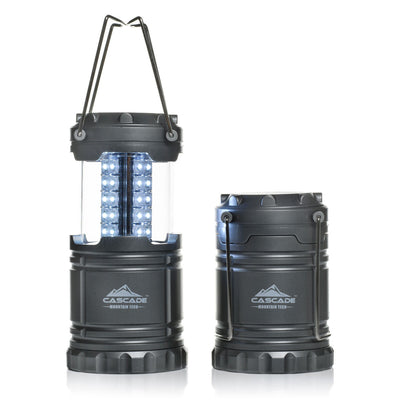
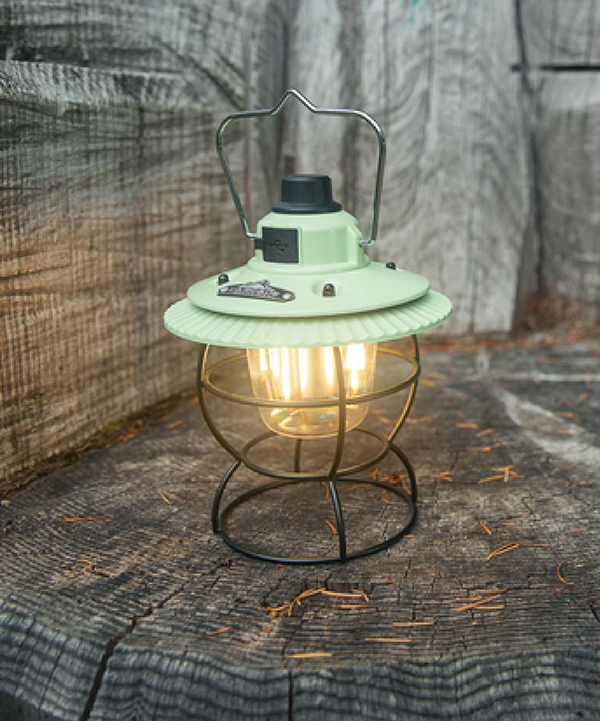
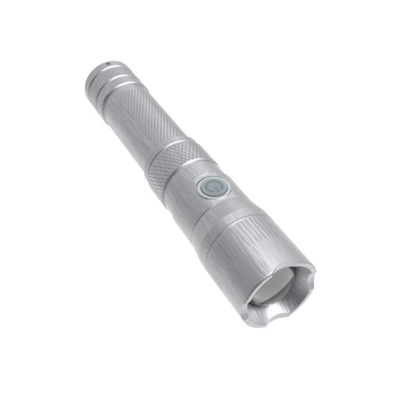
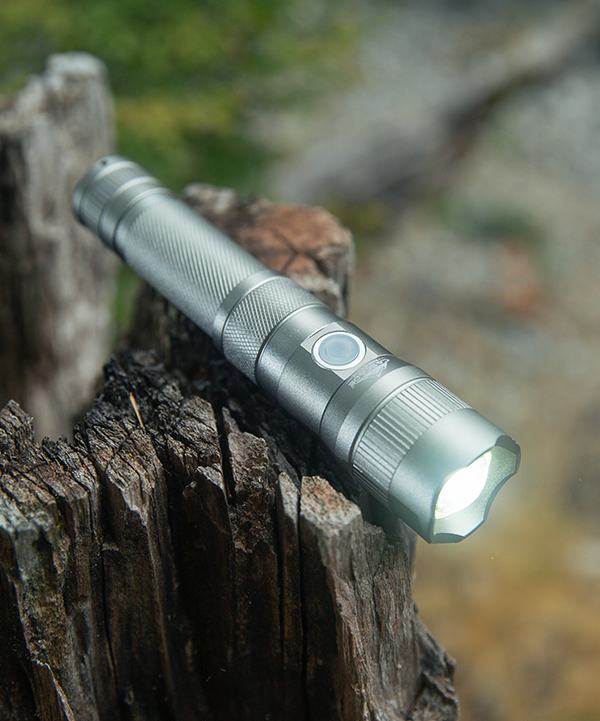
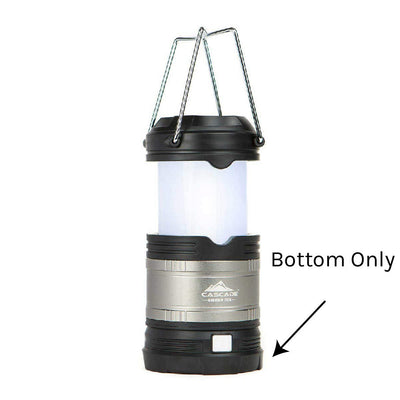
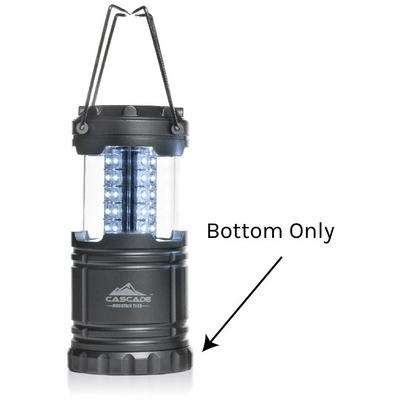
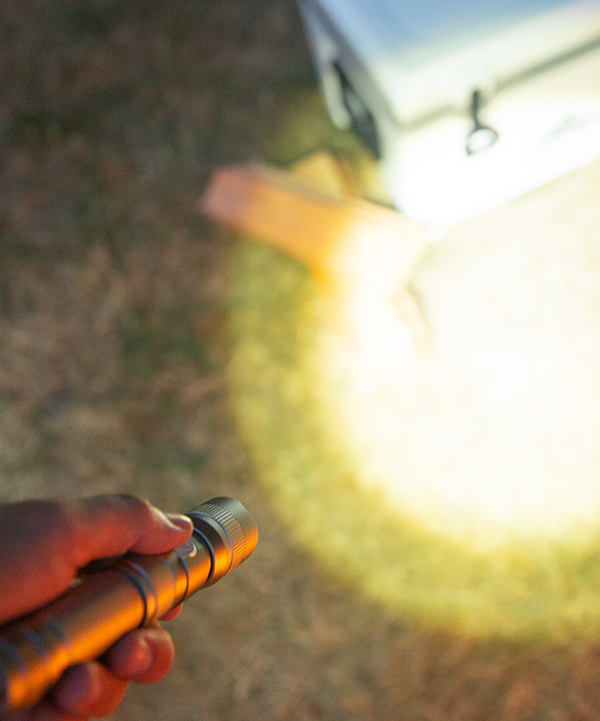
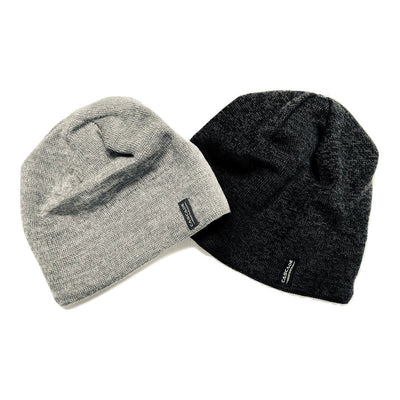
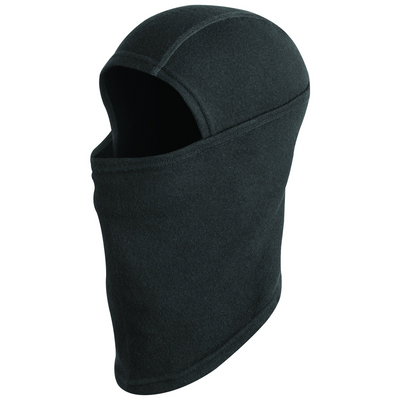
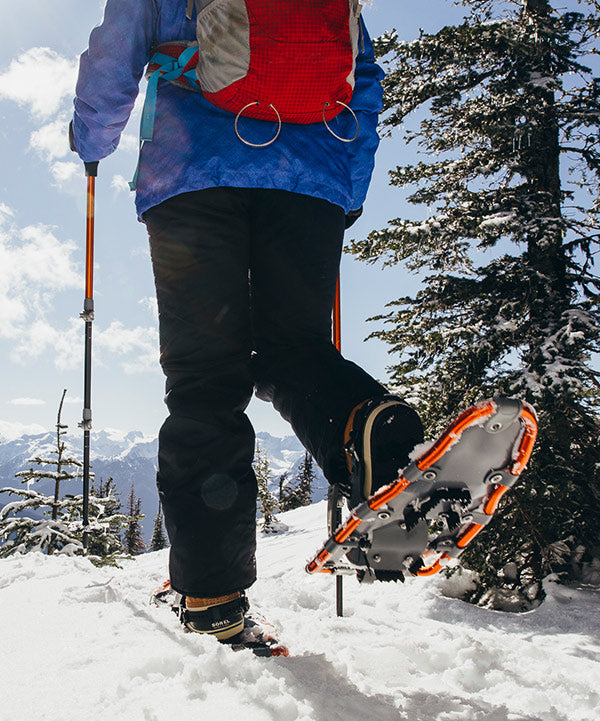
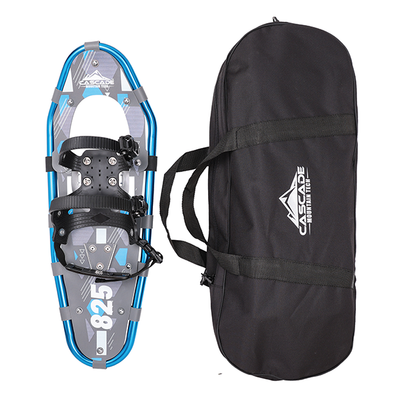
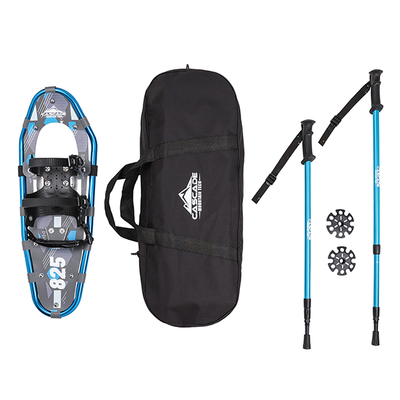
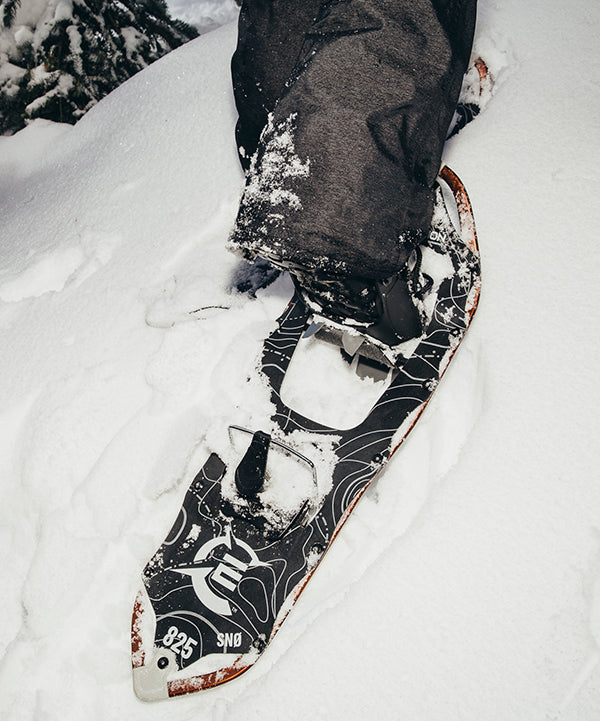

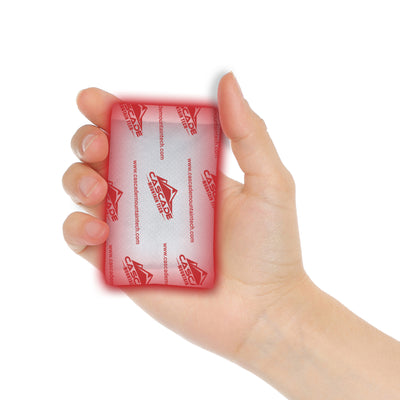
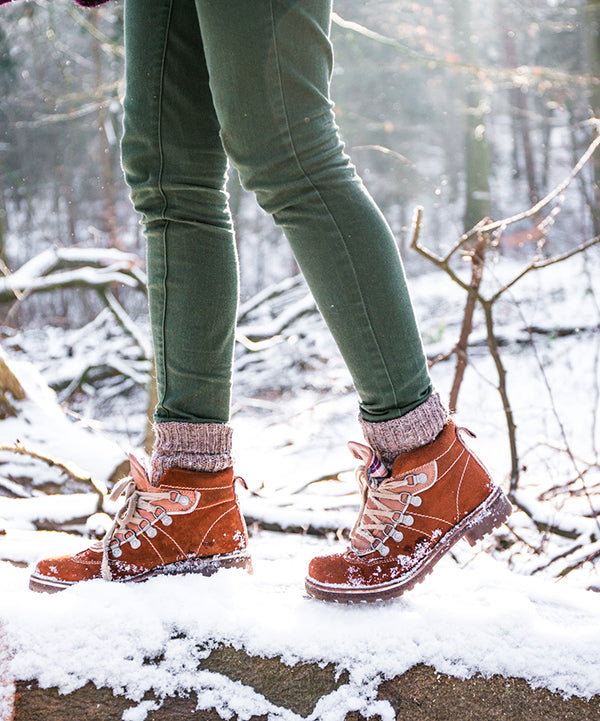
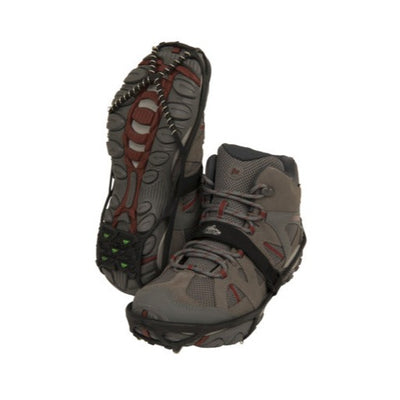
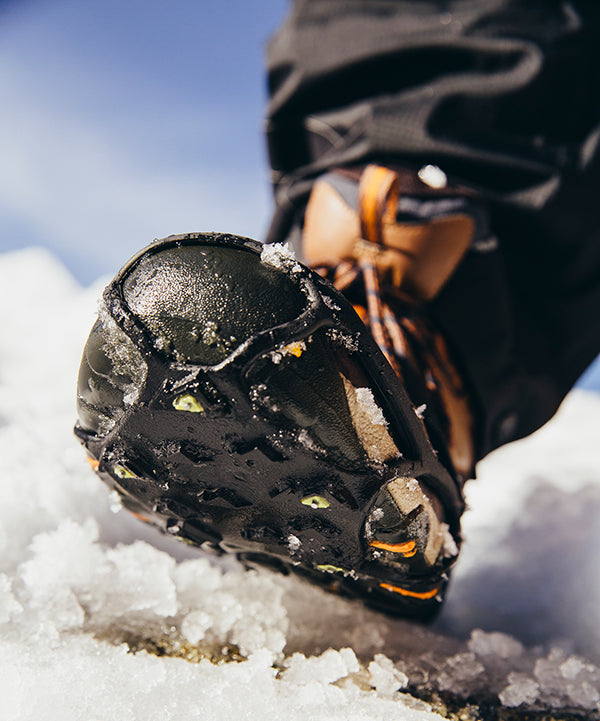
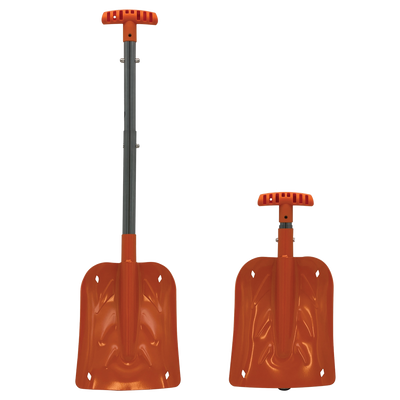
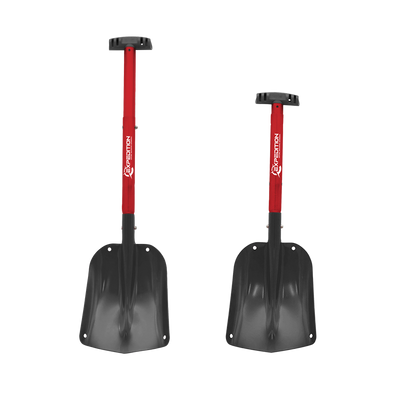
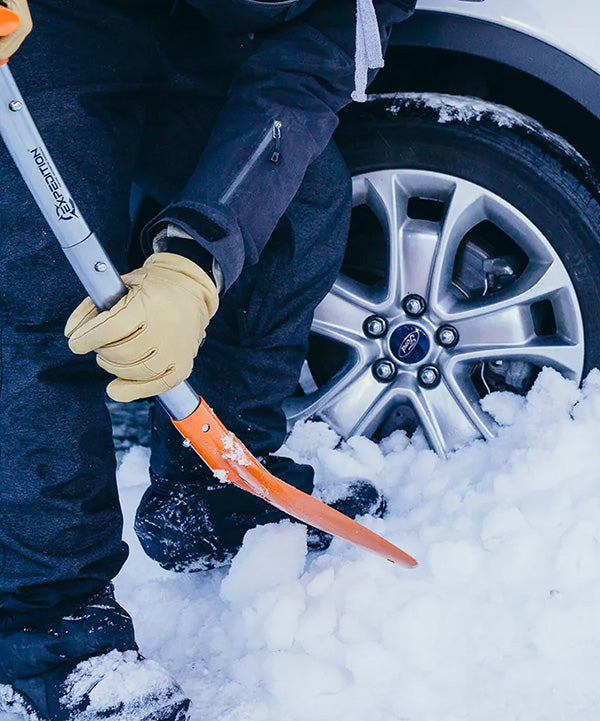
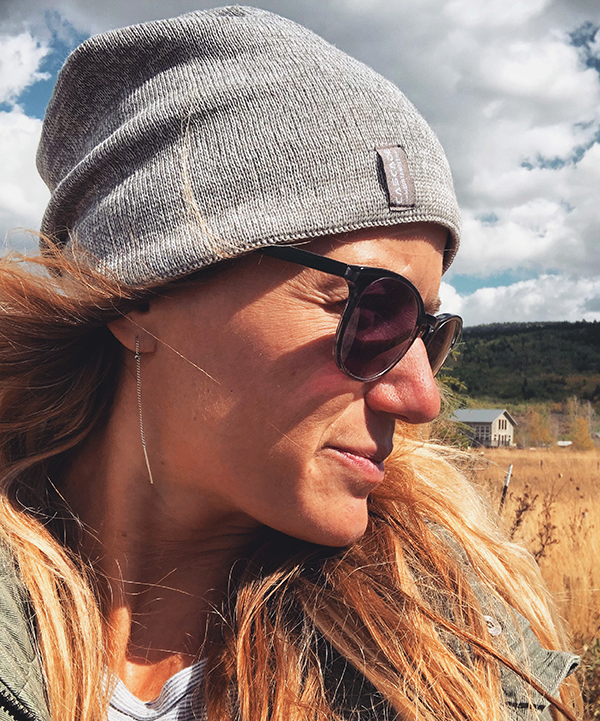
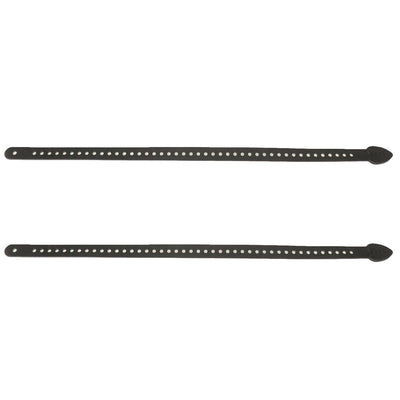
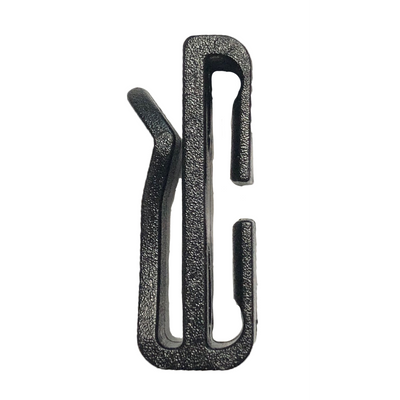
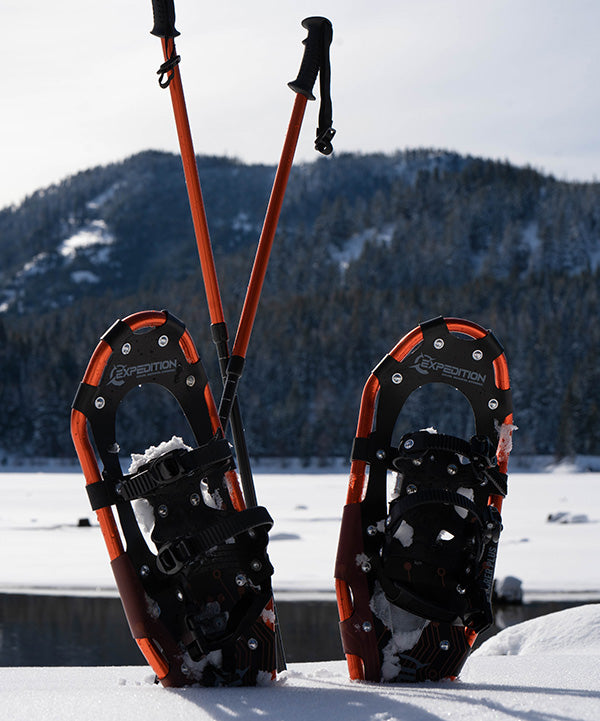











Leave a comment